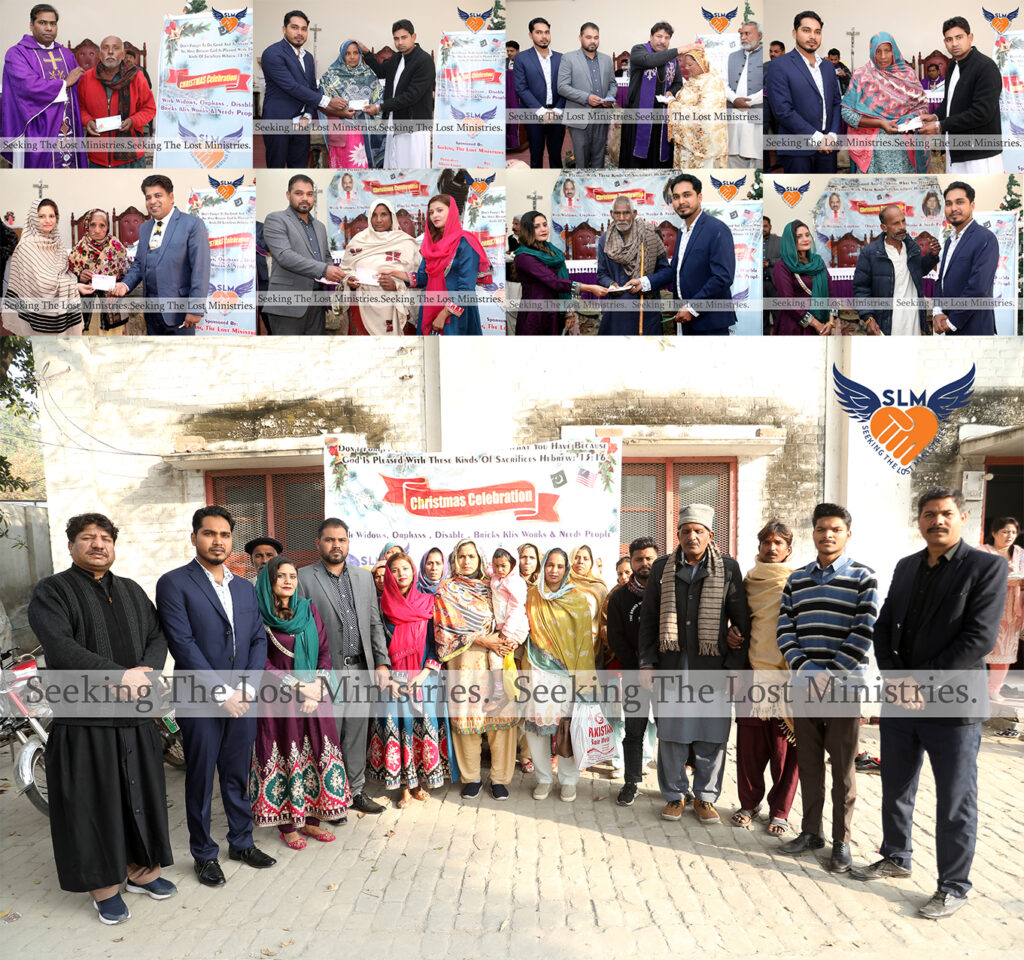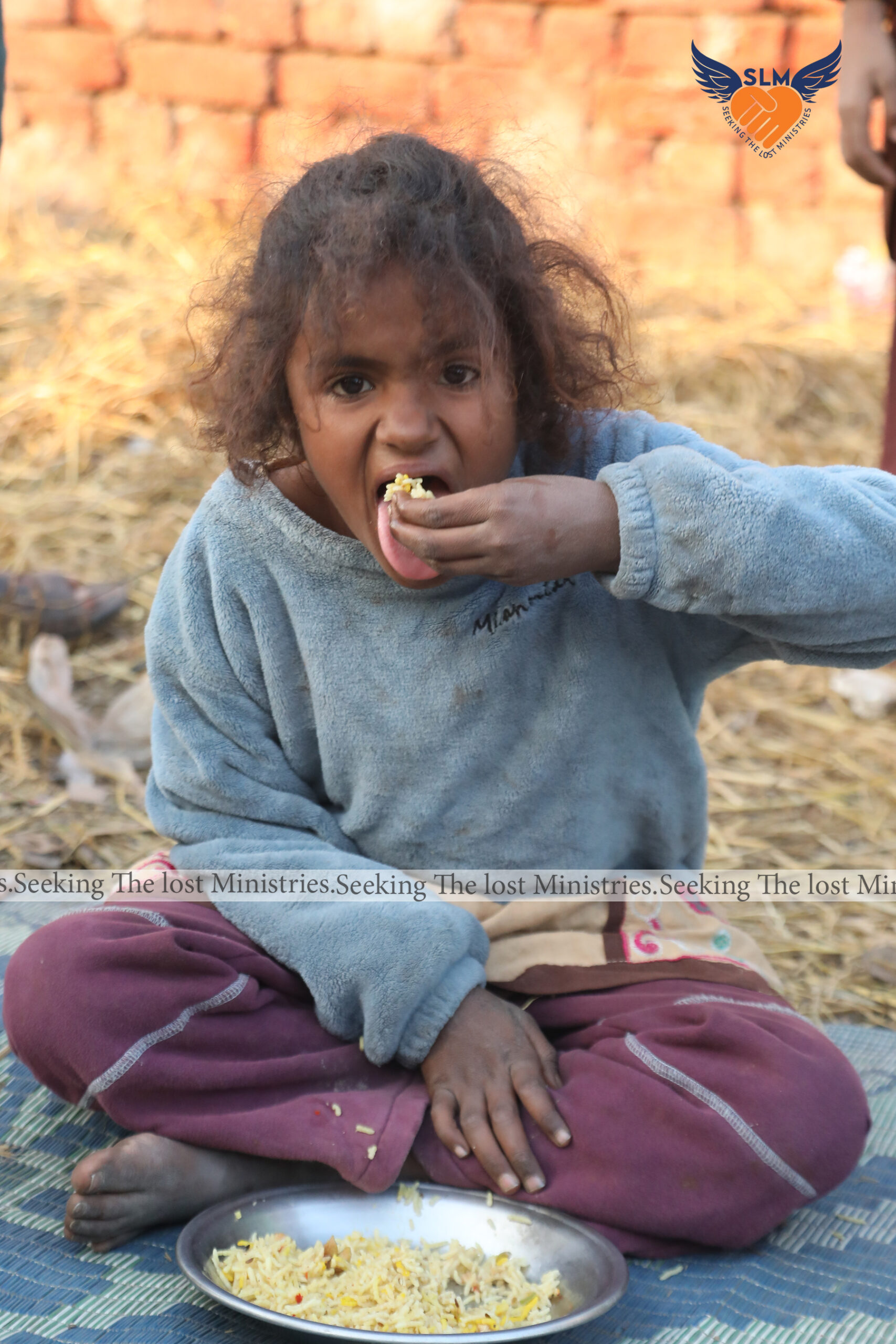Christmas sharing with Widows and Elderly People


A community or society lacks the resources and income necessary to meet basic needs for a minimum standard of living. These basic needs typically include food, shelter, clothing, education, healthcare, and access to clean water and sanitation.

Brick Klin workers are our specific target population who live in intergenerational poverty. They often take their kids to work for them and push them to forced child labor, taking their right to education.
Poverty reduction is not immediate and may take time to materialize. We identify people living in intergenerational poverty and provide resources to their children to get them education and food support.
Education plays a crucial role in ending poverty and promoting socio-economic development.
It is widely recognized that education is a powerful tool for empowering individuals, improving livelihoods, and breaking the cycle of intergenerational poverty. We work hard to seek people lost in intergenerational poverty through education and skill development.
Poverty can manifest in various forms, such as absolute poverty and relative poverty:
1
Relative Poverty
Relative poverty is defined in comparison to the general standard of living within a particular society. It refers to a situation where people have significantly lower income and resources compared to the average population, leading to social exclusion and limited access to opportunities.
2
Absolute Poverty
This refers to the lack of basic necessities to maintain a minimal standard of living, often measured by a specific income threshold or a set of criteria. The World Bank, for instance, defines extreme poverty as living on less than $1.90 per day (as of 2021).
Factors contributing to poverty can be complex and interrelated, including
Limited access to quality education can perpetuate poverty by limiting job opportunities and income potential.
A lack of suitable job opportunities or low-paying jobs can keep individuals and families trapped in poverty.
Poor health and limited access to healthcare services can lead to increased medical expenses, lost productivity, and decreased income.
Discrimination, gender disparities, and unequal distribution of resources can contribute to poverty, particularly affecting marginalized groups.
Poverty can be more prevalent in certain regions due to factors such as lack of infrastructure, natural disasters, or environmental degradation.
Economic downturns, lack of economic development, and inadequate social safety nets can all contribute to poverty.
Providing quality education and vocational training to empower individuals with the skills needed to access better job opportunities.
Implementing social welfare programs, such as unemployment benefits, food assistance, and healthcare, to provide a safety net for those in need.
Fostering economic growth through investment in infrastructure, job creation, and small business development.
Improving access to healthcare services and promoting preventive measures to reduce health-related expenses.
Promoting gender equality and addressing discrimination to ensure equal opportunities for all.
Implementing strategies for environmental sustainability and resource management to alleviate poverty and protect vulnerable communities.
Supporting developing countries through foreign aid and development assistance to address poverty on a global scale.
Efforts to address poverty often involve a combination of policies and interventions at local, national, and international levels. These may include

Join our global community
We hate spam, and we respect your privacy!